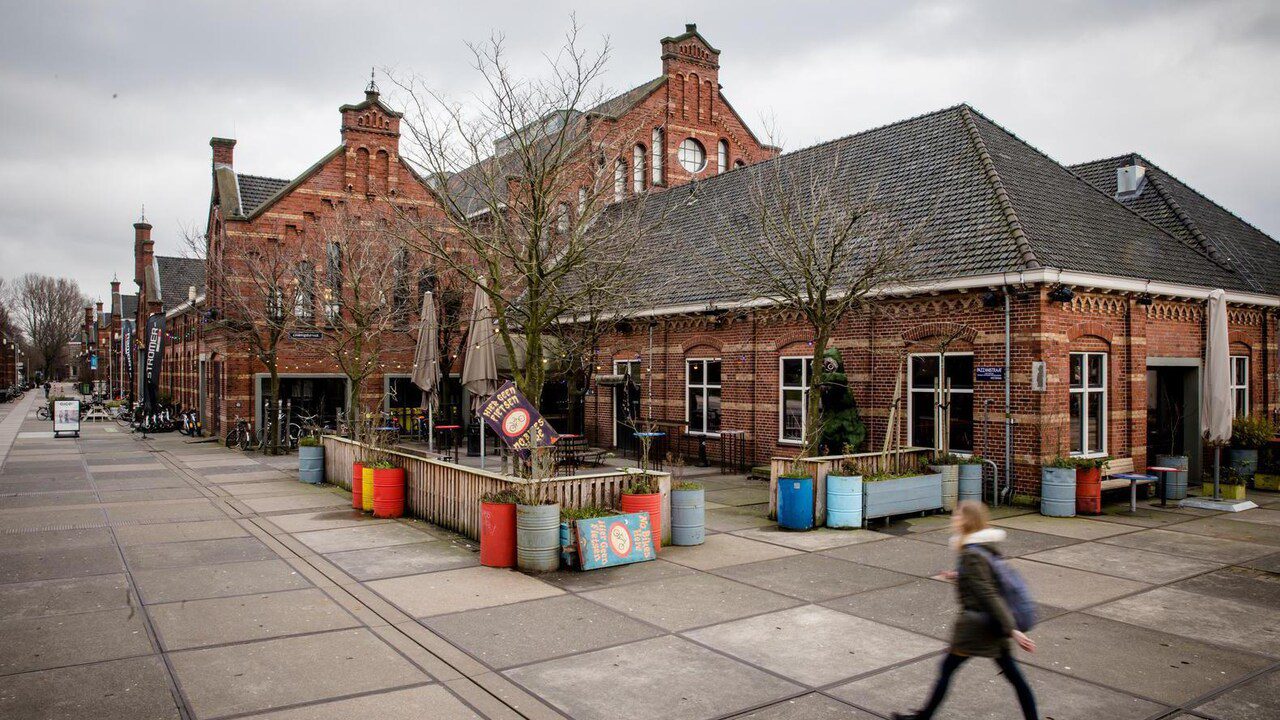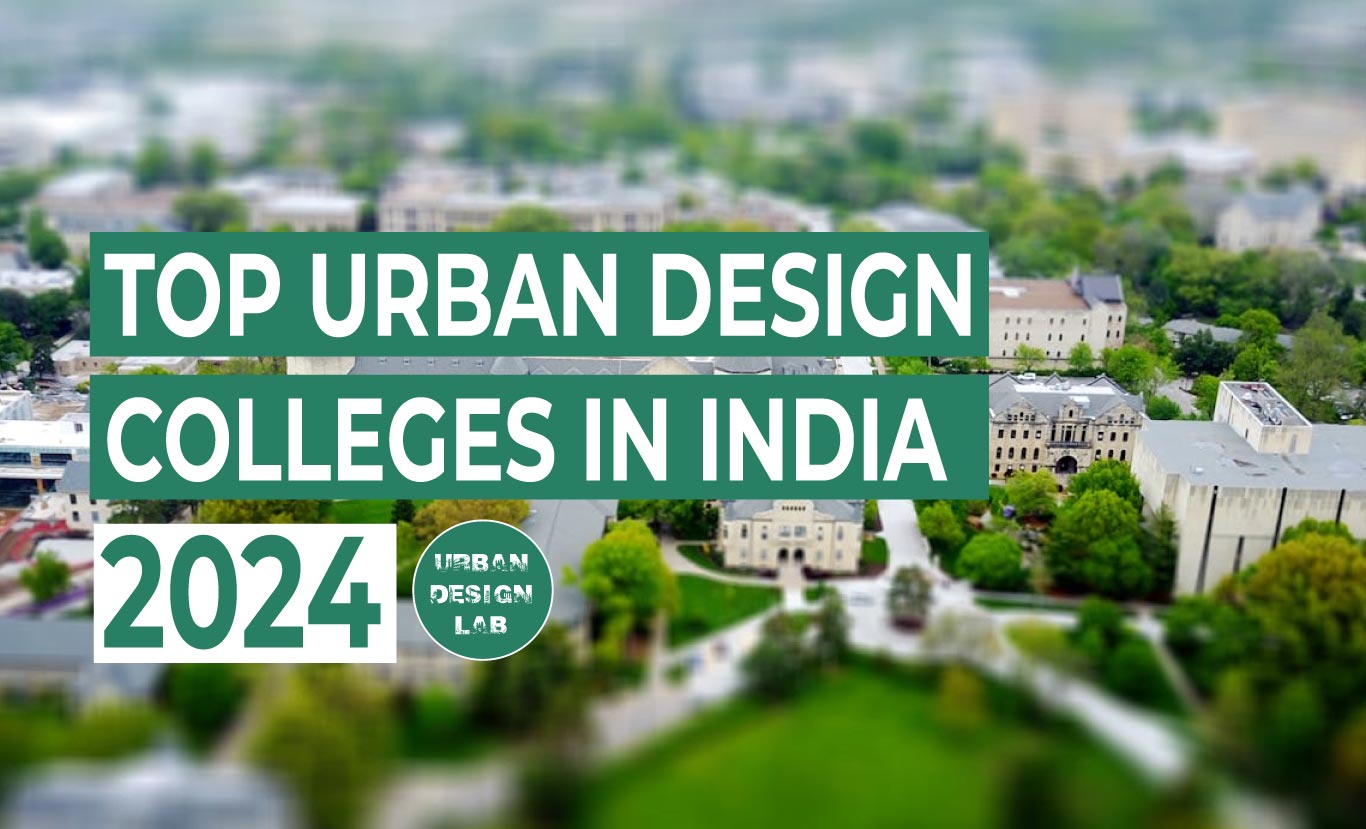
Top 10 Industrial Heritage Revitalization Case Studies

Revitalizing industrial heritage sites preserves historical structures while fostering economic growth and community development. Here are ten exemplary transformations:
1. The High Line (New York City, USA)
2. Zeche Zollverein (Essen, Germany)
3. Gas Works Park (Seattle, USA)
4. Westergasfabriek (Amsterdam, Netherlands)
5. Granary Wharf (Leeds, UK)
6. Mill City Museum (Minneapolis, USA)
7. Völklinger Hütte (Völklingen, Germany)
8. Tate Modern (London, UK)
9. Distillery District (Toronto, Canada)
10. Brooklyn Navy Yard (New York City, USA)
1. The High Line, New York City, USA
The High Line is an elevated park created from a former freight rail line in Manhattan. Opened in 2009, it features gardens, walking paths, and public art installations. This innovative project has become a major urban attraction, drawing millions of visitors annually and sparking significant real estate development in the Chelsea neighborhood. The park’s success has led to new residential, commercial, and cultural projects, boosting property values and revitalizing the area. The High Line serves as a model for urban renewal, demonstrating how adaptive reuse can turn obsolete infrastructure into vibrant public spaces.
2. Zeche Zollverein, Essen, Germany
Zeche Zollverein, a former coal mine and coking plant, has been transformed into a cultural and creative hub. Designated a UNESCO World Heritage Site in 2001, it now houses museums, art galleries, and event spaces. The Ruhr Museum and the Red Dot Design Museum are key attractions, offering insights into the region’s industrial history and contemporary design. The site’s Bauhaus-style architecture has been preserved, integrating historical structures with new cultural functions. Zeche Zollverein attracts global visitors, enhancing the cultural and economic vitality of the Ruhr region.
3. Gas Works Park, Seattle, USA
Gas Works Park, located on Lake Union, is a creative transformation of a former gasification plant. Designed by Richard Haag and opened in 1975, the park incorporates industrial structures as part of its landscape. The “Great Mound” offers panoramic views of Seattle, while the “Play Barn” provides a unique play area among old machinery. The park features open lawns, picnic areas, and paths for walking and biking. Gas Works Park is a popular community space, hosting events like the annual 4th of July fireworks and outdoor concerts, and is celebrated for its innovative industrial site remediation.
4. Westergasfabriek, Amsterdam, Netherlands
Westergasfabriek, a former gasworks complex, has been transformed into a cultural and recreational hub. The redevelopment project preserved the site’s historical architecture while introducing new uses. Today, it includes event venues, restaurants, bars, offices, and creative workspaces. Westerpark, the surrounding public park, offers green spaces, sports facilities, and walking and cycling paths. Westergasfabriek hosts numerous cultural events, festivals, and markets, attracting locals and tourists alike. This successful transformation has revitalized the area, enhancing its attractiveness and contributing to the local economy.
5. Granary Wharf, Leeds, UK
Granary Wharf, once an industrial area along the Leeds and Liverpool Canal, has been redeveloped into a vibrant mixed-use district. The project includes refurbished warehouses and new buildings, offering residential apartments, offices, shops, restaurants, and hotels. The historic Dark Arches have been repurposed into commercial spaces, adding unique character to the area. Granary Wharf hosts events and markets, enhancing its vibrancy. The development has boosted property values and investment in the area, creating a lively urban space that respects its industrial heritage.
6. Mill City Museum, Minneapolis, USA
Mill City Museum is located in the ruins of the Washburn A Mill, once the world’s largest flour mill. Opened in 2003, the museum offers exhibits on the flour milling industry and Minneapolis’s history. The design integrates historical ruins with modern elements, creating a unique visitor experience. The museum features interactive exhibits, a baking lab, and an observation deck with views of the Mississippi River. Mill City Museum has become a key cultural attraction, preserving the industrial heritage while educating the public about the city’s history.
7. Völklinger Hütte, Völklingen, Germany
Völklinger Hütte, a former ironworks, is now an industrial monument and cultural venue. Designated a UNESCO World Heritage Site, it hosts art exhibitions, concerts, and festivals. The site’s massive industrial structures have been preserved, creating a dramatic backdrop for cultural events. Völklinger Hütte attracts visitors from around the world, promoting tourism and cultural exchange. The transformation has preserved an important part of industrial history while providing a unique space for contemporary cultural activities.
8. Tate Modern, London, UK
Tate Modern, housed in the former Bankside Power Station, is one of the world’s leading contemporary art museums. Opened in 2000, the museum’s iconic architecture, including its towering chimney and vast Turbine Hall, has been preserved and repurposed for art exhibitions. Tate Modern has revitalized London’s South Bank area, attracting millions of visitors annually. The museum’s innovative use of industrial space has inspired similar projects globally, demonstrating the potential for cultural institutions to drive urban regeneration.
9. Distillery District, Toronto, Canada
The Distillery District, located in Toronto, is a pedestrian-only village created from the historic Gooderham & Worts distillery complex. The redevelopment project preserved the Victorian industrial architecture while introducing art galleries, restaurants, boutiques, and performance venues. The Distillery District has become a cultural and commercial hub, hosting events, festivals, and markets. The area’s unique character and historical significance attract locals and tourists, contributing to Toronto’s cultural landscape and economic vitality.
10. Brooklyn Navy Yard, New York City, USA
The Brooklyn Navy Yard, a former naval shipyard, has been transformed into a thriving industrial park. The redevelopment project supports a diverse range of businesses, including manufacturing, technology startups, and creative industries. The site’s historical buildings have been preserved and adapted for modern use, providing flexible workspaces and fostering innovation. The Brooklyn Navy Yard has become a model for industrial revitalization, creating jobs and economic opportunities while preserving its historical legacy.
Conclusion
The revitalization of industrial heritage sites serves as a powerful reminder of the value embedded in our historical infrastructure. Each of the ten projects discussed—The High Line, Zeche Zollverein, Gas Works Park, Westergasfabriek, Granary Wharf, Mill City Museum, Völklinger Hütte, Tate Modern, The Distillery District, and Brooklyn Navy Yard—demonstrates how these transformations can blend preservation with innovation. By repurposing old industrial sites into vibrant cultural, recreational, and commercial spaces, cities can maintain their historical identity while fostering economic growth and community development. These projects showcase the potential to enhance urban landscapes, boost tourism, and inspire global efforts in sustainable urban regeneration. The successful integration of historical preservation with contemporary needs offers a blueprint for future redevelopment efforts worldwide. These transformations highlight the importance of community involvement, creative vision, and sustainable practices in breathing new life into industrial relics, turning them into valuable urban assets that contribute to the cultural and economic vitality of cities. The adaptive reuse of these sites not only honors the past but also paves the way for a more sustainable and inclusive urban future.
Conclusion
- Friends of the High Line. (n.d.). About the High Lin
- Zollverein Coal Mine Industrial Complex. (n.d.). UNESCO World Heritage Centre. Seattle Parks and Recreation. (n.d.). Gas Works Park.
- Westergasfabriek. (n.d.). History of Westergasfabriek.
- Granary Wharf. (n.d.). Granary Wharf
- Minnesota Historical Society. (n.d.). Mill City Museum
- Völklinger Hütte. (n.d.). The World Heritage Site at a Glance. Tate Modern. (n.d.). History of Tate Modern
- The Distillery Historic District. (n.d.). The Distillery District: History
- Brooklyn Navy Yard Development Corporation. (n.d.). History of the Yard.

Hazal Koc
About the Author
Hazal Koç lives in Turkiye and is a 4th year student at Ted University. Department of Urban Regional Planning. In addition to her undergraduate degree, she is doing an additional major in world citizenship. In addition to her native language Turkish, spe speaks fluent English and intermediate German.
Related articles


Architecture Professional Degree Delisting: Explained

Periodic Table for Urban Design and Planning Elements


History of Urban Planning in India

UDL Illustrator
Masterclass
Visualising Urban and Architecture Diagrams
Session Dates
17th-18th January 2026

Urban Design Lab
Be the part of our Network
Stay updated on workshops, design tools, and calls for collaboration
Curating the best graduate thesis project globally!

Free E-Book
From thesis to Portfolio
A Guide to Convert Academic Work into a Professional Portfolio”
Recent Posts
- Article Posted:
- Article Posted:
- Article Posted:
- Article Posted:
- Article Posted:
- Article Posted:
- Article Posted:
- Article Posted:
- Article Posted:
- Article Posted:
- Article Posted:
- Article Posted:
- Article Posted:
- Article Posted:
- Article Posted:
Sign up for our Newsletter
“Let’s explore the new avenues of Urban environment together “



















































One Comment